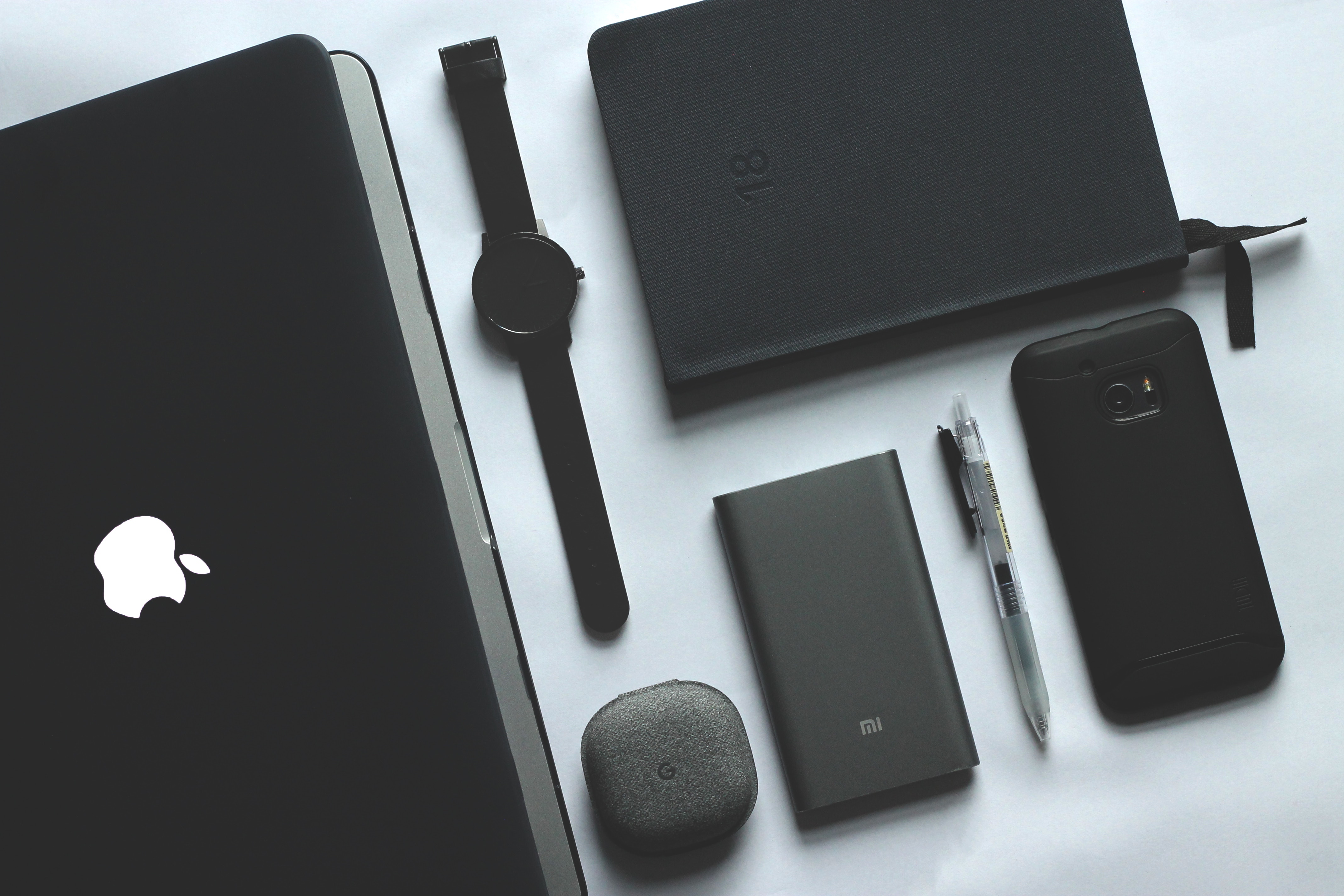Deciding to travel abroad is an amazing decision, but one that often leaves you with lots of small things to remember. One of the most important things to consider when travelling abroad is the type of electronic devices you’ll bring and if you will need an adaptor, a converter, or both. While they sound like they might do similar jobs they both are very different as we’ll explain.
Different countries use different plug shapes, so you can use an adaptor to make sure your device fits the outlet. Some outlets have parallel prongs, some have angled prongs, some with round and some with straight. Adaptors don’t do anything with voltage, they just allow you to plug your device into another type of outlet.
Converters, on the other hand, change the voltage (amount of power that goes from the socket to your device) of whatever it is you are charging. Just like plug shapes, different countries use different voltages. For instance, the US runs on 110V, while most European countries run on 220V. Because the difference in voltage can have grave effects on your device, it’s important to change the way your device accepts the electricity, which is why’d you use a converter.
Converters are used for items that only work on a specific voltage. Generally, these are heating or mechanical type devices such as a hairdryer or a curling iron (and these are two of the biggest culprits of burnt fuses!). These items take a lot of power, so it’s important to make sure the voltage is accurate when using them abroad.
Many devices today are dual voltage, meaning they can work in either type of outlet, but it’s important to be sure. You should check all your electronics just to be safe, but usually newer computer type devices (kindles, phones, laptops) are dual voltage. You can check by looking at the battery, power box or plug itself – if it says 110V/220V or a range such as 100-240V it’s dual voltage and safe to use without a converter.
